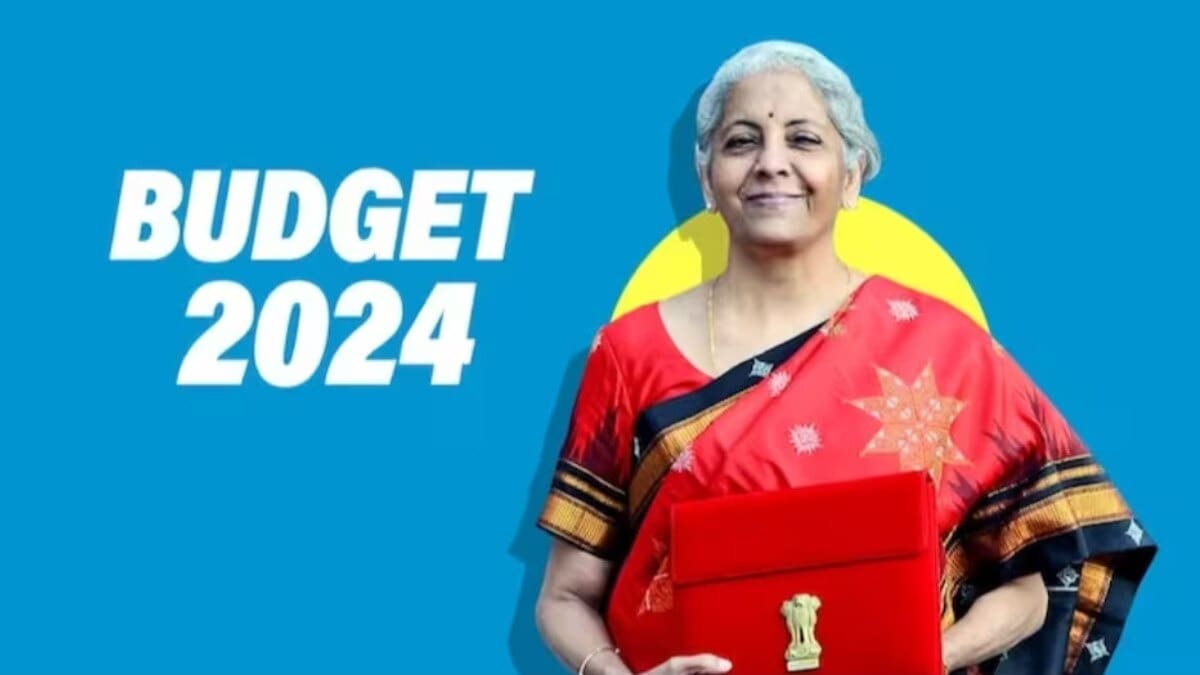HCL Technologies vs TCS: After the strong Q1 results 2024 announcement by the Indian IT majors, investors may find it tricky to choose either of the two IT stocks when the Indian stock market opens on Monday. Even though the TCS share price moved upward on Friday after the declaration of the TCS results for Q1FY25 on Thursday, experts expect more upside in the IT stock, while bulls are expected to react strongly to HCL Tech shares after strong HCL Tech results. HCL Tech declared its Q1 results for 2024 on Friday, and stock reaction is expected on Monday.
Expecting substantial upside in the Indian IT sector post-Q1 results 2024 of TCS and HCL Tech, Siddhesh Mehta, Research Analyst at SAMCO Securities, said, “Following TCS’s robust earnings report, another leading Indian IT firm, HCL Technologies, surpassed Q1FY25 earnings expectations with a notable YoY increase of 7% and 21% in revenues and profits respectively. The robust performance of TCS propelled the Nifty IT index, which surged by 4.53% on Friday to end the week near its all-time high. With HCL Tech’s impressive results, this upward trend will likely continue, and Monday could become another significant day for the Indian IT sector.”
TCS vs HCL Tech results
Comparing Q1 results 2024 of TCs and HCL, Sugandha Sachdeva, Founder of SS WealthStreet, said, “India’s largest IT company, TCS, has reported upbeat June quarterly results exceeding market estimates on the back of healthy execution and mega and large deals to ramp up. The results are reflective of all-round execution on both margin improvement and revenue growth. The company reported net profit growth of 9% (YoY) to ₹12,040 crore, while revenue from operations surged by 5.4% YoY, aided by growth across most verticals. The company has also declared an interim dividend of ₹10 per share. The company constantly pursues innovation and strengthens client relationships, and the deal pipeline remains strong amid growing traction in Gen AI projects. The Q1 results indicate demand recovery and an improving growth trajectory.”
“HCL Tech results were beat on all estimates, however, concerns with the company’s growth in FY25 persist. The net profit included a one-time gain from the divestment of the JV with State Street which will significantly impact the Q2 topline as well. The topline health was aided by strong growth in the Telecom vertical and in the retail vertical which helped offset the decline in Healthcare and Utilities verticals. The top line was also buoyed by healthy growth in the software segment which was expected to decline owing to seasonality,” said Manish Chowdhry, Head of Research at Stoxbox.
“HCL Tech also delivered better-than-expected results for the June quarter, with consolidated PAT rising by 20.4% YoY to ₹4,257 crore. Sequentially, the net profit surged 6.8% compared to the March quarter. However, the revenue witnessed a drop of (1.9%) for Q1FY25 while it rose by 6.7% compared to the same quarter last year. India’s third largest IT services company estimates constant currency revenue growth of 3-5 percent (YoY) for FY25 and an EBIT margin of 18-19 percent. The IT major has also declared an interim dividend of Rs.12 per share, its 86th consecutive quarter of dividend payout. The company’s growth trajectory looks positive as new deals are won, and they expect strong demand due to the increasing adoption of emerging technologies like Generative AI,” Sugandha added.
TCS vs HCL Tech: Which stock to buy
On which IT company has delivered better Q1 results 2024, Avinash Gorakshkar, Head of Research at Profitmart Securities, said, “.TCS has delivered better-than-expected numbers; it has managed to maintain its revenue growth and strong outlook for the entire FY25. In the case of HCL Tech’s results, it has also managed to beat the market estimates, but HCL Tech’s revenue has slipped, and its growth outlook for FY25 is weak. This means TCS has delivered better Q1 results for FY25 than HCL Technologies.” Gorakshkar suggested buying TCS shares ahead of HCL Tech shares when the Indian stock market reopens on Monday next week.
“As for the price outlook, both the stocks are looking promising from a one-year perspective, where TCS share price is now looking slightly more attractive on the back of its consistent growth profile, strong ROIC, healthy margins and robust execution. TCS shares have formed a strong base at ₹3,600 and look poised for further gains from a medium to long perspective. Although the stock appears slightly stretched after surging for eight quarters in a row, a cool-off in prices towards the ₹3,600 to 3,650 could present an opportunity to capitalize on the upward momentum, targeting higher levels of around ₹4,700,” said Sugandha Sachdeva.
“HCL Tech share has established a base at ₹1,250 mark while the stock is likely to face some hurdle at ₹1,697 mark, its lifetime high, and once it surpasses the same, it can extend its march towards ₹1,950 to ₹2,000. Some corrective dips cannot be ruled out after the recent surge, but as long as the support mentioned above holds on a closing basis, the dips strategy looks prudent,” Sugandha concluded.
Top-notch SEBI registered research analyst
Best SEBI registered Intraday tips provider
Telegram | Facebook | Instagram
Call: +91 9624421555 / +91 9624461555





